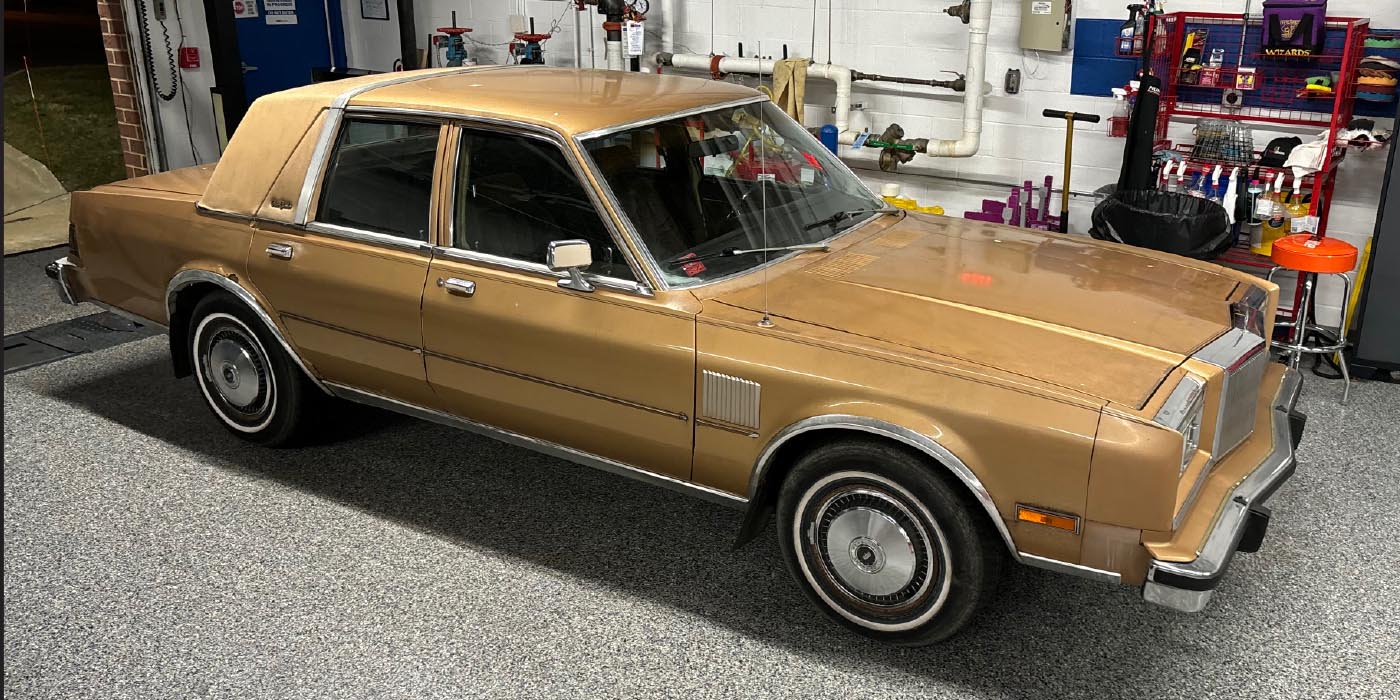Recently, the Automotive Service Association (ASA) reported that a new automobile voucher program was introduced in Congress. According to ASA, U.S. Reps. Donald Manzullo, R-Ill., and Timothy Ryan, D-Ohio, introduced the New Automobile Voucher Program to provide a one-time boost to vehicle sales in 2009.
Some specifics of the New Automobile Voucher Act of 2009 include:
• Providing an electronic voucher of $5,000 for any new vehicle purchase for a six-month introductory period. The Treasury Department would open the program 30 days after the bill’s enactment.
• After the initial six months, the voucher would be reduced to $2,500 until the end of 2010 or until the authorization amount is exhausted (whichever comes first).
• Vouchers would be used in conjunction with other tax incentives and credits designed to encourage the purchase of alternative-fueled vehicles.
• This voucher would be limited to vehicles that cost under $50,000.
• The Treasury Department would establish an electronic portal with automobile dealerships to process and verify requests for vouchers. Consumers would have the voucher applied at the point of sale at the automobile dealership.
• Total cost of the bill is capped at $75 billion.
Well, I don’t quite favor such a bill because I don’t think it will create more jobs. Which is why I suggest Congress introduce a bill that instead provides help to the aftermarket. Here is my plan (which I will
forward to Reps. Manzullo and Ryan).
First, offer registered vehicle owners up to $2,000 cash back in vehicle repairs through 2010. For
example, this would give the vehicle owner with asthma the opportunity to get their air conditioning repaired to help them breath better when driving. Or, the single mom who needs new tires on her minivan. Or, the high school student who is excited to take his pre-owned vehicle out on the road, even though the car needs brake work.
The cash back transactions could be done at the states’ motor bureaus. After an owner has his or her vehicle serviced or repaired at an independent shop or dealership, they take the receipt(s) to the license bureau (to help prove they own the vehicle and reduce fraud). There, the repair is filed to the government and a check is cut and mailed back to the vehicle owner.
This plan, in my opinion, benefits more players in the economy — obviously, the parts manufacturers who sell the parts, the parts distributor who provides it to the shop, the shop owner whose business gains more work, the technician whose pay increases through additional hours, and the consumer, who can have something repaired that they may have been putting off due to tight budgets.
This plan could grow the economy, keep Americans working and at the same time, help the small
businesses that Congress always touts that they are looking out for.
This plan has other benefits. For example, it would make the vehicles currently on the road safer by
providing money for much-needed safety repairs. It would also help body shops, as some vehicle owners may use the money to repair their vehicle’s exterior. Tax revenue generated through more parts and
service sales, as well as hiring more manufacturer and installer employees, would help return money back to the government.
And, since the estimated “unperformed vehicle maintenance” in this country is about $55 billion, Congress wouldn’t need to spend as much money as the new car plan. The aftermarket plan could be capped at $55 billion, rather than the $75 billion.
Edward Sunkin has been the editor of Underhood Service since April of 1999. He has been a member of the Babcox family of automotive aftermarket publications beginning in December 1994, when he joined the jobber/parts specialist magazine Counterman as an associate editor. Sunkin also spent three years as managing editor Engine Builder, learning about the engine and small parts rebuilding and remanufacturing industry.
Besides Underhood Service, Sunkin also serves as the editor of Tomorrow’s Technician, an automotive-related trade magazine delivered to more than 50,000 students enrolled in NATEF-affiliated schools.


